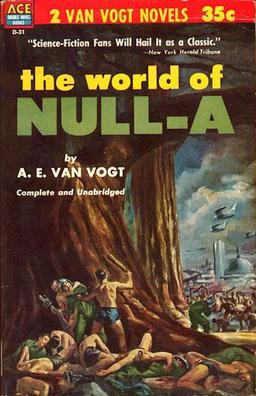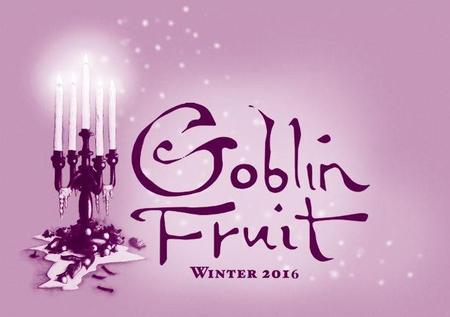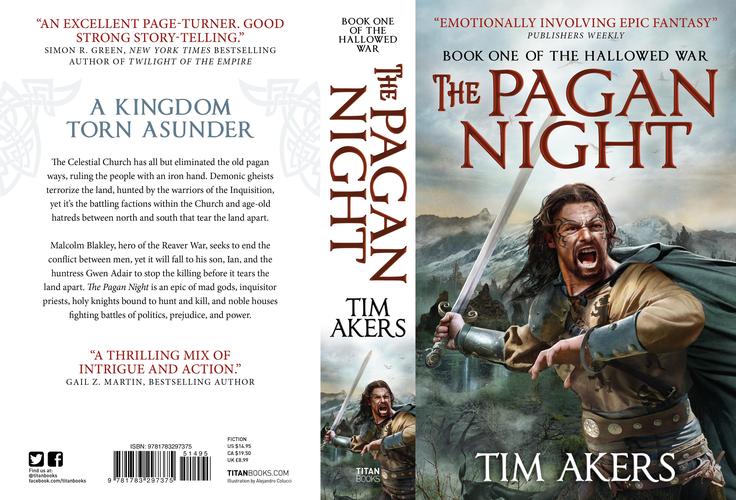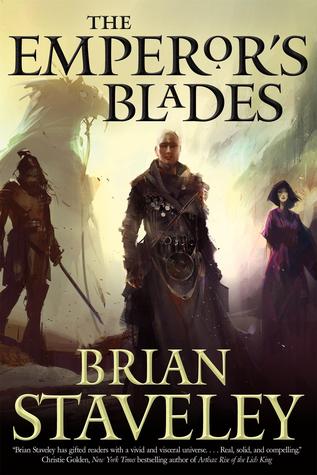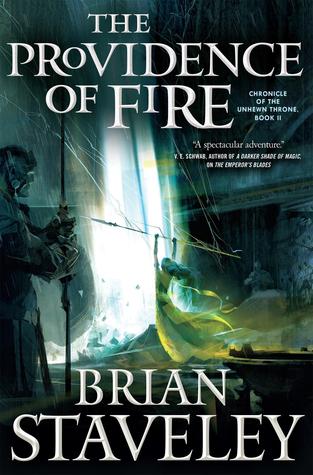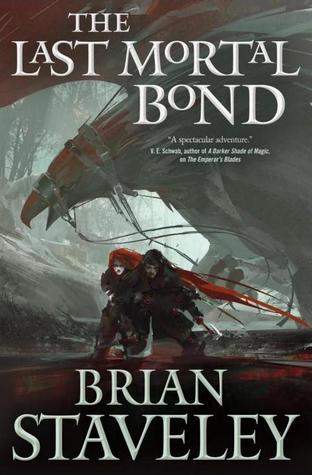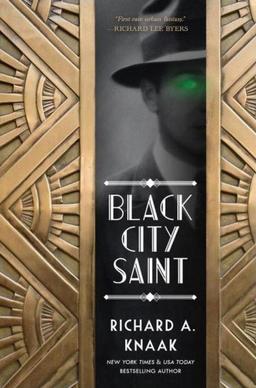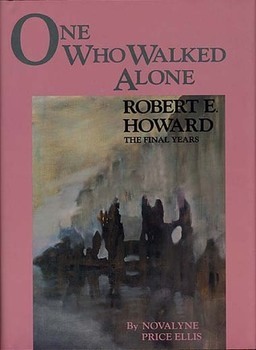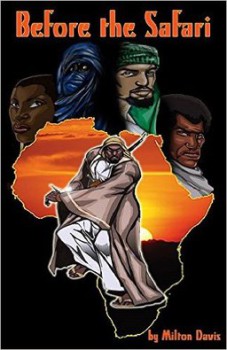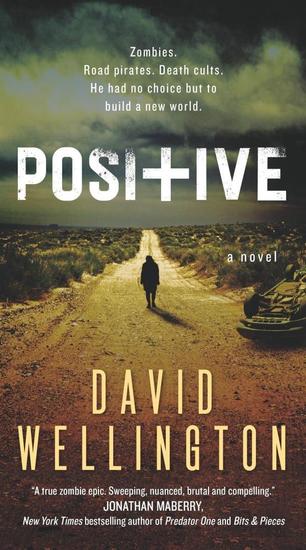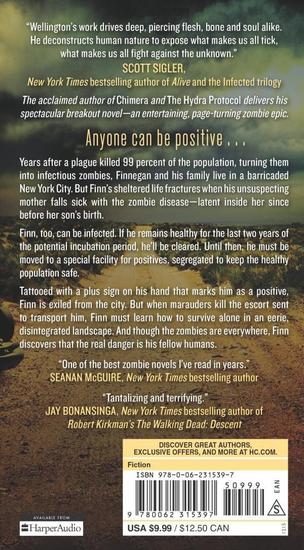New Treasures: The ‘Mancer Series by Ferrett Steinmetz
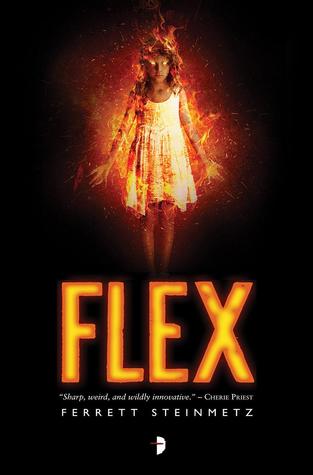 |
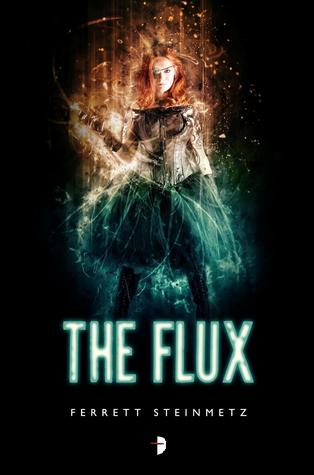 |
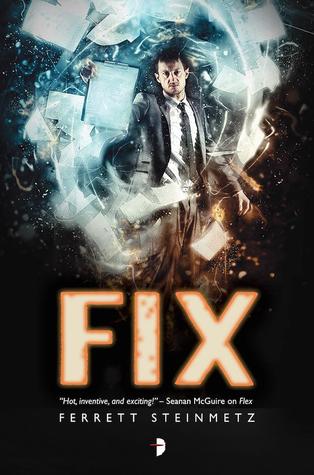 |
I bought Ferrett Steinmetz’s The Flux during my last trip to Barnes & Noble, partly because it’s an Angry Robot novel, and Angry Robot is doing great stuff. But also because of its intriguing premise: a world where if you love something enough, your obsession will punch a hole in reality, creating unique magics and potentially giving you powerful abilities.
Turns out The Flux is the second novel in a loose trilogy which has been getting a lot of attention. The first one, Flex, was published last year, and the third, Fix, arrives this September. Joel Cunningham at Barnes & Noble.com has praise for the entire series.
We’d probably love Ferrett Steinmetz’ Flex trilogy for the premise alone — it’s a gritty, hilarious contemporary fantasy series about magic users in a world where your obsessions can can bore a hole through the fabric of spacetime and give you the ability to manipulate reality at will. But it’s all the extra bits (characters you will ache for, twisty plots, the baddest baddies, killer action sequences) that put it over the top, and onto our list of 2015’s best reads.
I suppose I should be annoyed that now I have to track down a copy of Flex, and wait for Fix to complete the story. But when a series sounds this promising, I’m more than happy to gobble up additional volumes.
